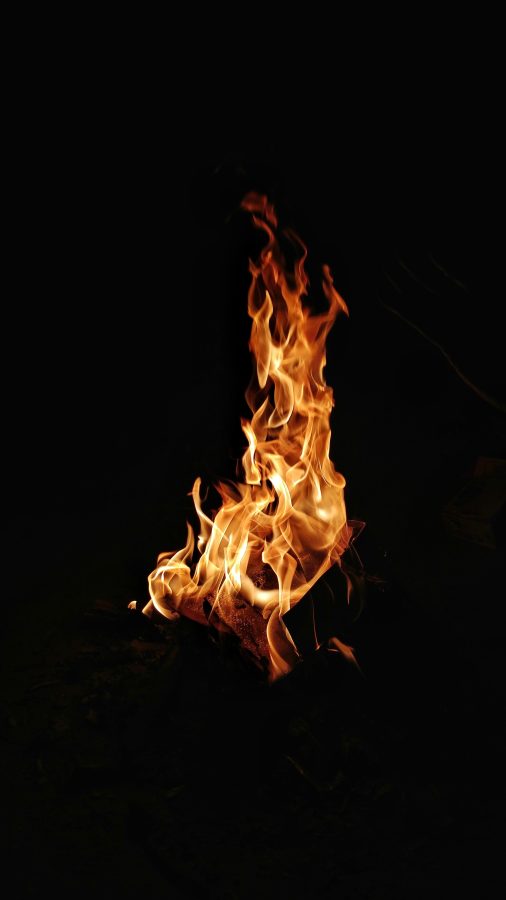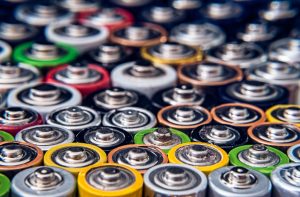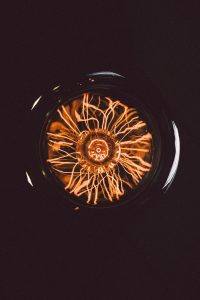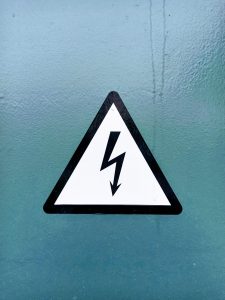Key Takeaways:
- Flashlights step down in brightness to regulate heat, preserve power, and for safety
- Flashlights can use temperature sensors, current monitoring, and voltage detection to know when to step down
Flashlights have come a long way since the invention of the first electric flashlight in the late 19th century. Today, we have a wide range of high-performance flashlights with advanced features that cater to various needs, from outdoor enthusiasts to emergency responders. Among these features is the ability to intelligently step down in brightness, providing efficient power management and safeguarding the longevity of the flashlight's components. In this blog, we'll explore how these portable light sources can determine when to adjust their brightness levels.
Why do flashlights have step-down brightness?
To regulate heat
One of the primary reasons flashlights step down in brightness is to manage heat effectively. When a flashlight is turned on, the LED (Light Emitting Diode) produces light by passing an electric current through it. As the current flows, it generates heat. In high-performance flashlights with powerful LEDs, the amount of heat generated can be significant, especially when the flashlight is used on high or turbo modes for an extended period. Excessive heat can be detrimental to the LED and other sensitive electronic components within the flashlight. High temperatures can degrade the LED's performance and lifespan, causing it to output less light over time, and in extreme cases, irreversible damage. Stepping down in brightness allows the flashlight to reduce the current flowing through the LED, which subsequently reduces heat generation, mitigating the risk of overheating and maintaining optimal performance.


To preserve power and battery life
Another crucial aspect of stepping down in brightness is to manage power efficiently. Most flashlights operate on batteries, and their energy capacity is limited. When a flashlight operates at high brightness levels, it consumes more power, draining the battery faster. By stepping down in brightness, the flashlight consumes less power, which extends the battery life and allows the user to continue using the flashlight for a longer duration. Over-discharging a battery can lead to irreversible damage and reduce its overall lifespan. Stepping down in brightness based on battery voltage detection helps prevent over-discharging, ensuring the battery remains in good condition and can be used for a more extended period.
For personal safety
Flashlights that lack heat management and brightness regulation can pose safety risks. If a flashlight continues to operate at maximum brightness without stepping down, it can become too hot to handle, potentially causing burns or discomfort to the user. Additionally, a flashlight that drains the battery quickly without warning could leave the user stranded in the dark during critical situations.

What triggers the step down?
Temperature Sensors
One of the most common methods to regulate their brightness is the incorporation of temperature sensors. These tiny sensors monitor the temperature of crucial components within the flashlight, such as the LED and the driver circuit. As the flashlight operates, it generates heat, especially during prolonged use or high-intensity modes. When the temperature rises beyond a safe threshold, the temperature sensor signals the flashlight's internal circuitry to step down in brightness. This automatic adjustment helps prevent overheating, which could otherwise damage the LED or other sensitive electronic components.
Some flashlights employ advanced thermal regulation algorithms in their drivers. These algorithms continuously analyze temperature data from the sensors and adjust the current flow to the LED accordingly. By optimizing the current output, the flashlight can maintain a safe operating temperature and ensure efficient energy utilization. This dynamic management of heat allows the flashlight to adapt to various environments and user demands, providing reliable performance over extended periods.
Nitecore has its own advanced temperature regulation (A.T.R) that measures the internal temperature of the flashlight to know when to step down in brightness. If you’re looking for more information on how flashlights prevent overheating, you can check out our blog here!


Current Monitoring
Flashlights with sophisticated electronic drivers can monitor the current flowing through the LED. As the flashlight operates and the battery depletes its charge, the current efficiency may decline. The flashlight's driver detects this decrease in efficiency, and when it falls below a certain threshold, the flashlight may automatically step down in brightness. This intelligent feature ensures that the flashlight delivers a consistent output and avoids rapid depletion of the battery, enhancing the overall user experience.
Battery Voltage Detection
Another critical aspect of flashlight operation is the battery voltage level. As batteries discharge their energy, the voltage gradually drops. Advanced flashlights are equipped with voltage detection circuits that continuously monitor the battery's voltage. When the voltage reaches a predetermined level, the flashlight may reduce its brightness to prevent over-discharging, which could potentially damage the battery or reduce its lifespan.

Recap:
As technology advances, so too does the complexity and intelligence of our everyday devices, including flashlights. The ability of flashlights to step down in brightness is not just a novelty but a testament to the ingenuity of modern engineering. By incorporating temperature sensors, thermal regulation algorithms, current monitoring, and battery voltage detection, these portable light sources provide users with reliable and efficient performance while preserving the longevity of the flashlight's components. Whether you're a seasoned outdoor explorer, a dedicated professional, or simply someone who values a reliable flashlight, these innovations ensure that you'll never be left in the dark.
If you’re looking for a great example of step-down flashlights, check out the Nitecore T4K or the Nitecore P20i. Or if you need a flashlight with a long Turbo runtime, check out the Nitecore P35i.

